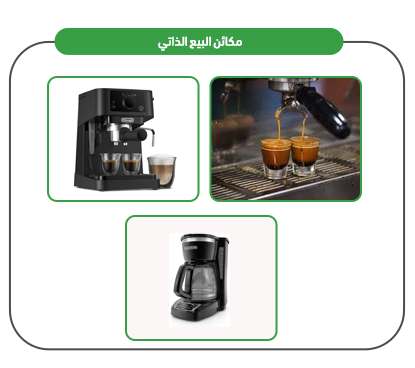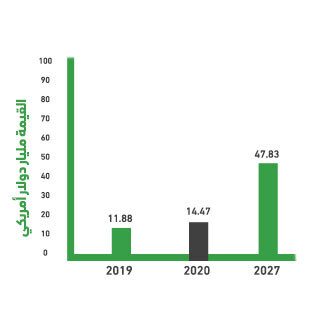Vending machines are a modern solution that provides products and services to the public in a practical and fast manner, around the clock, without the need for human intervention. These machines rely on advanced automated operating systems, enabling customers to purchase their needs easily without waiting in line, making them an ideal choice for a smooth and convenient shopping experience. Vending machines boast lower operating costs compared to traditional stores, making them an economical investment that generates continuous profits throughout the day. Their widespread presence in strategic locations such as metro stations, universities, hospitals, sports stadiums, public parks, and shopping malls helps them target a wide range of customers. These machines offer a variety of products, from snacks and drinks to daily necessities, making them suitable for all age groups. Thanks to their integration with modern payment methods, they have become an ideal choice that meets consumers’ needs in a practical manner, in addition to being a sustainable investment model that keeps pace with developments in modern technology.

The vending machine project is an innovative, technology-based solution that provides a quick and easy shopping experience for customers, allowing them to purchase essential items independently without interacting with staff. These machines are capable of offering a wide range of products, including fast food, fresh drinks, and even health products, making them an ideal destination for all individuals at any time of day. One of the most prominent advantages of vending machines is their ability to operate independently 24 hours a day, ensuring continuity of service without the need for staff. It is worth noting that the machines feature practical designs that fit into spaces with limited space, making them ideal for high-density areas such as shopping malls and shopping centers. Thanks to these features, the vending machine project is a successful investment that strikes a balance between quickly meeting customer needs and generating sustainable profits for the investor.



Quality of products and beverages.
Record-breaking speed in obtaining the requested product.
Diverse menu of beverages, snacks, and desserts.
24-hour service.
Low cost of service.
Service provided to the largest number of people in the shortest possible time.
Executive summary
Study project services/products
Market Size Analysis
Risk Assessment
Technical study
Financial study
Organizational and administrative study

Service sector in GCC countries
According to the macroeconomic theory of sectors, the economy is divided into three main and large sectors: the first; – is the sector that is based on collecting raw materials and includes mining companies, timber companies, oil exploration companies, in addition to agricultural and fishing industries. The second sector; is the sector that depends on goods and their sale, such as: (car manufacturing, furniture, clothing trade… etc.). As for the third sector, known as the “services” sector; it is the sector responsible for providing and producing services, essentially relying on intangible things, such as: entertainment, health care, transportation, hospitality, restaurants, etc. This theory believes that the more advanced countries are, the more their economies are based on the third sector, unlike primitive countries, which rely mostly on the first sector (the United States of America, for example, the service sector constitutes 85% of its economy).
Kingdom of Saudi Arabia:
The State of Qatar:
Kuwait:
United Arab Emirates:
Sultanate of Oman:
Global Service Sector
The service sector is the major contributor to the world’s gross product; It alone accounts for more than three fifths of this output. The sector does not rely on the production of tangible goods such as automobile and furniture, but rather on the provision of intangible services such as banking, medical care, transportation, hospitality, leisure, etc. The value of the sector market was estimated in 2020 at USD 10,814.49 billion and rose to USD 11,780.11 billion in 2021. The market achieved a CAGR of 8.9%. After recovering from the effects of the coronavirus pandemic, global market experts expect the sector’s market to reach US $ 15683.84 billion by 2025, bringing the market to a CAGR of 7% in the coming years.

Mashroo3k Consulting recommends investing in the services industry, as its contribution to the global GDP increased from 62.8% in 2010 to 65.7% in 2020. According to World Bank data, the contribution of this industry to the global GDP is expected to rise to 69.6% by 2030.